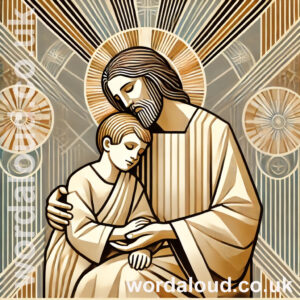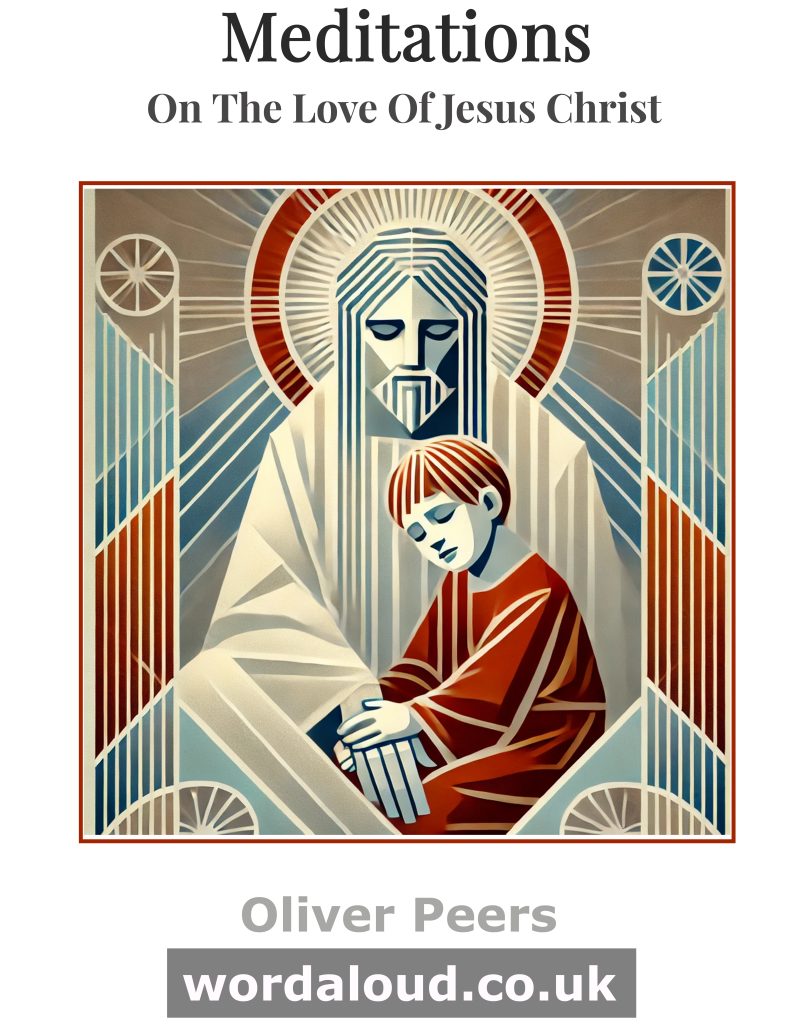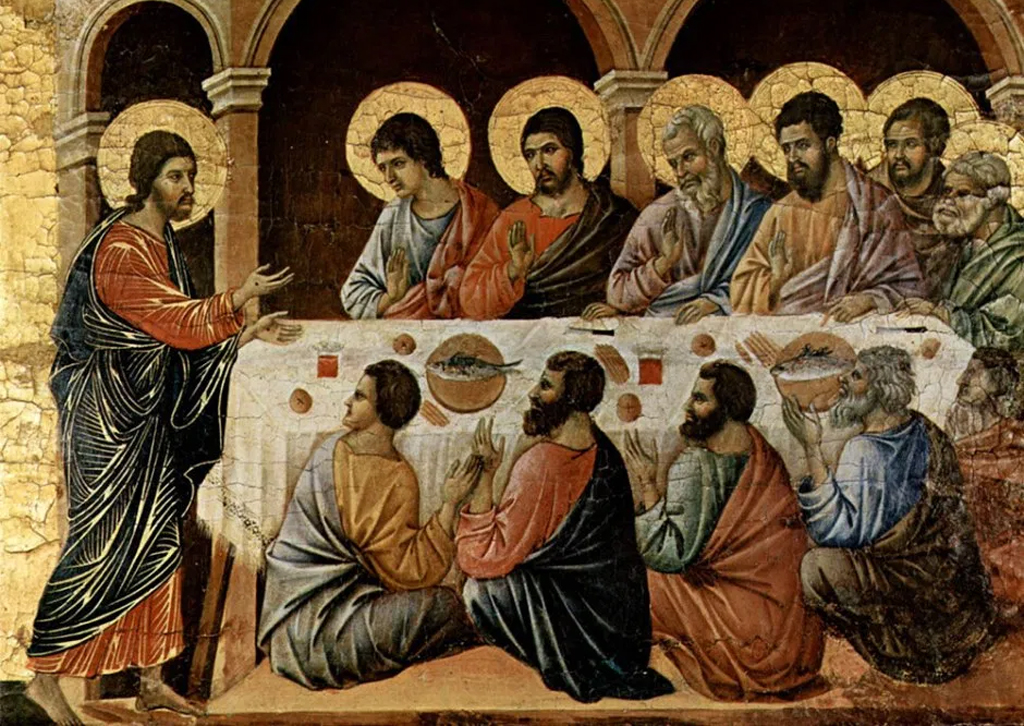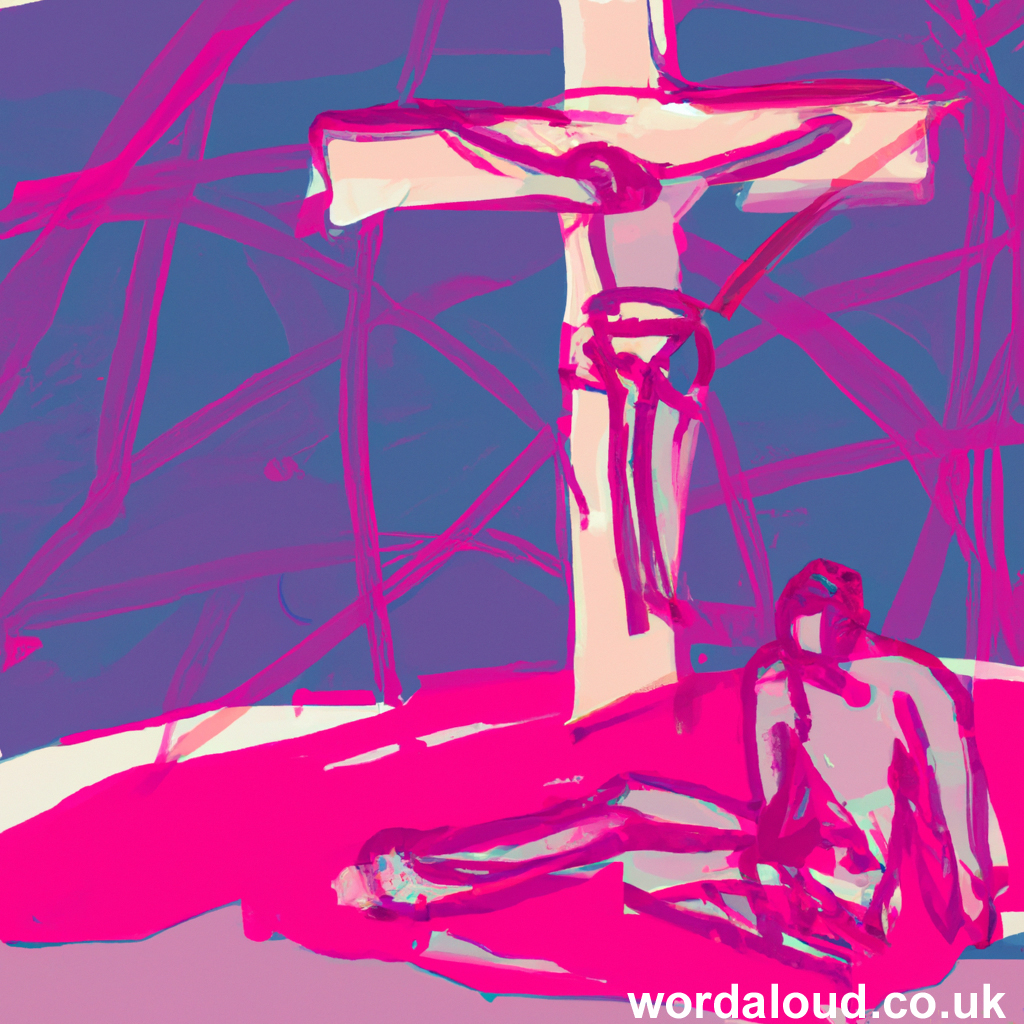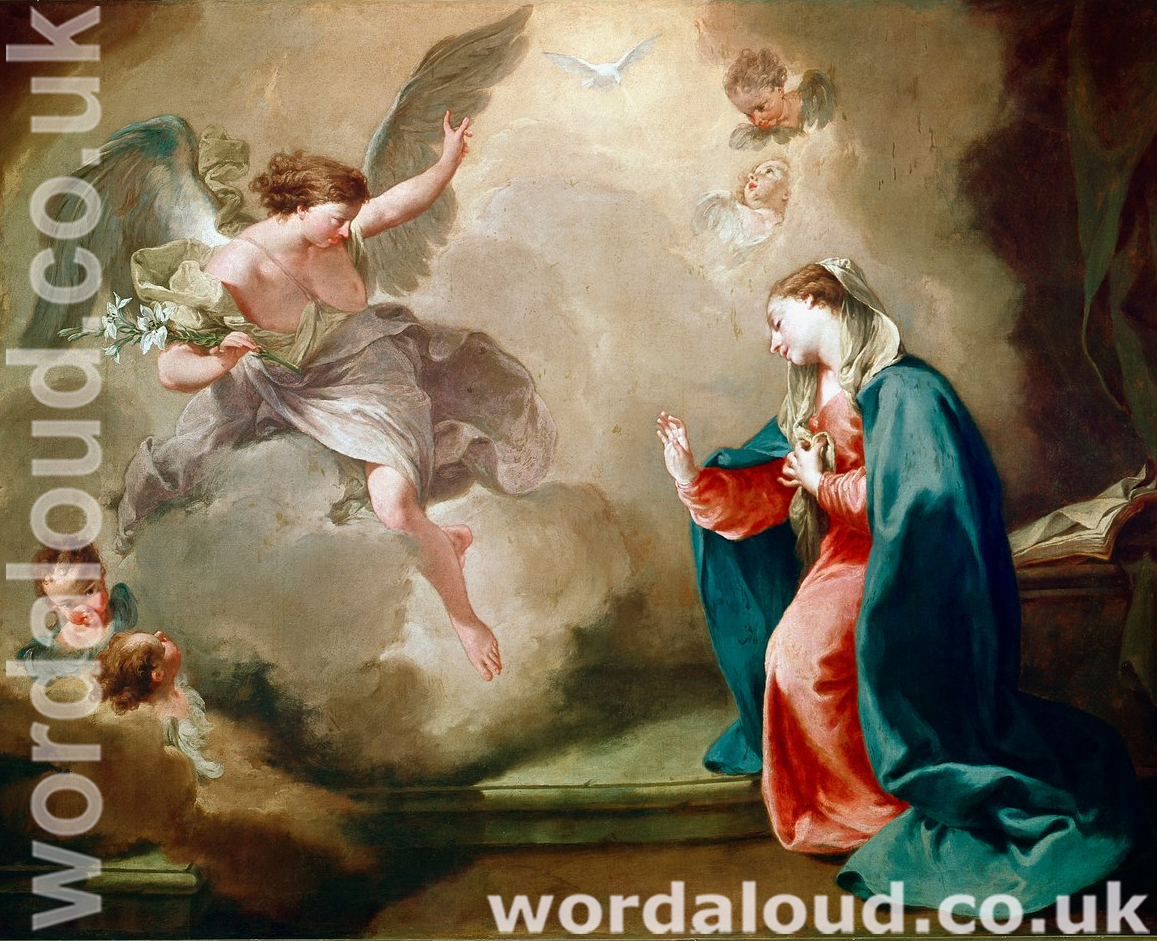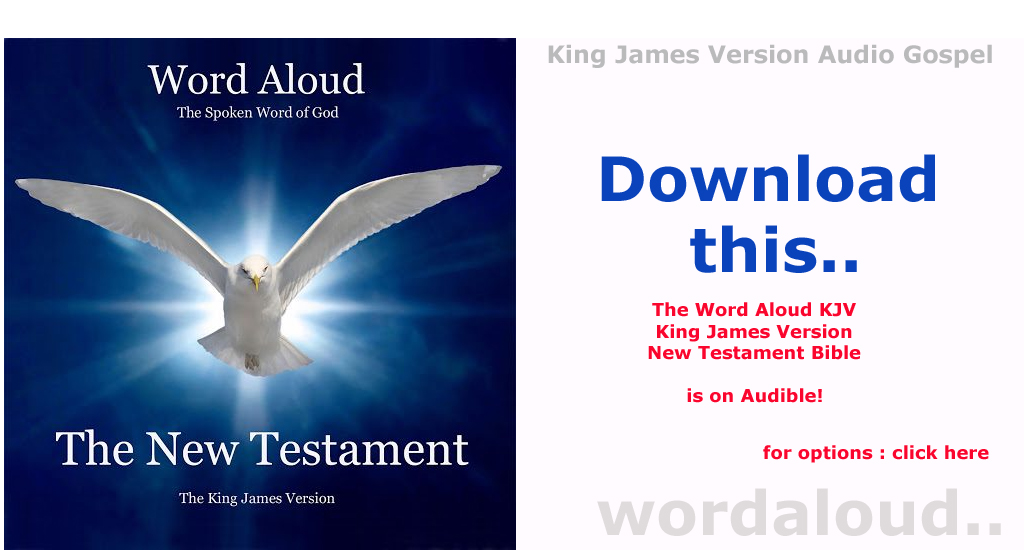Christian Art | George Herbert | The Temple | The Church | Affliction (3)
George Herbert | The Temple | The Church | Affliction (3)
My heart did heave, and there came forth, O God!
By that I knew that thou wast in the grief,
To guide and govern it to my relief,
Making a scepter of the rod:
Hadst thou not had thy part,
Sure the unruly sigh had broke my heart.
But since thy breath gave me both life and shape,
Thou knowst my tallies; and when there’s assign’d
So much breath to a sigh, what’s then behinde?
Or if some yeares with it escape,
The sigh then onely is
A gale to bring me sooner to my blisse.
Thy life on earth was grief, and thou art still
Constant unto it, making it to be
A point of honour, now to grieve in me,
And in thy members suffer ill.
They who lament one crosse,
Thou dying dayly, praise thee to thy losse
![]()
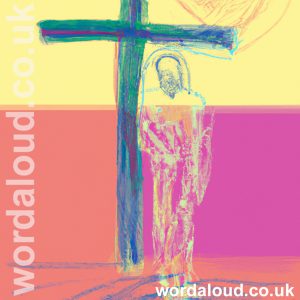
George Herbert | The Temple | The Church | Affliction (3)
The poem explores relationship between human grief and divine presence. The poem opens with an image of the heart heaving, which leads Herbert to recognize God’s role in guiding sorrow. This recognition transforms grief from chaos into something governed. The rod of suffering becomes a scepter, suggesting authority and purpose in the experience of pain. Without God’s involvement, Herbert believes his grief would have overwhelmed him entirely.
In the second stanza, breath becomes the focus. The sigh, an expression of sorrow, is presented as finite, controlled by the same divine breath that gave life. This understanding frames grief not as endless but as purposeful. The sigh is likened to a gale, a force that propels Herbert toward eternal bliss. This metaphor ties sorrow to movement and progress, aligning suffering with a larger spiritual journey. Even what seems to escape through sighs is not wasted but directed toward a final, redemptive goal.
The final stanza connects Herbert’s suffering to Christ’s own experience of grief. Herbert sees his pain as part of a greater whole, shared among members of the Christian body. This identification with Christ links personal suffering to the redemptive work of the cross. Grief, far from being meaningless, becomes a participation in a divine reality. The stanza also contrasts different responses to suffering. Some lament a single cross, but Herbert sees Christ’s constant sacrifice, shaping his understanding of praise and loss.
The poem’s form mirrors discipline required to accept and interpret suffering within a divine framework. Metaphors of breath, gale, scepter, and cross suggest a movement from the physical to the spiritual, reinforcing the idea that sorrow is part of a purposeful divine economy. Each image builds on the next, creating a progression that mirrors Herbert’s spiritual insight.
The poem offers a reflection on how grief can be understood through faith. Herbert resists despair by interpreting suffering as meaningful and connected to a larger divine plan. This understanding does not diminish the reality of pain but places it within the context of redemption, aligning personal experience with theological truth.
![]()
